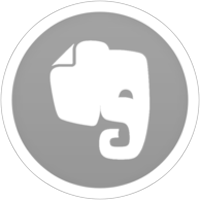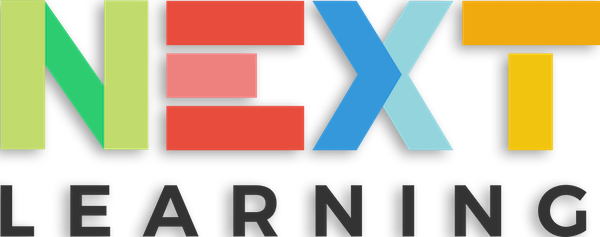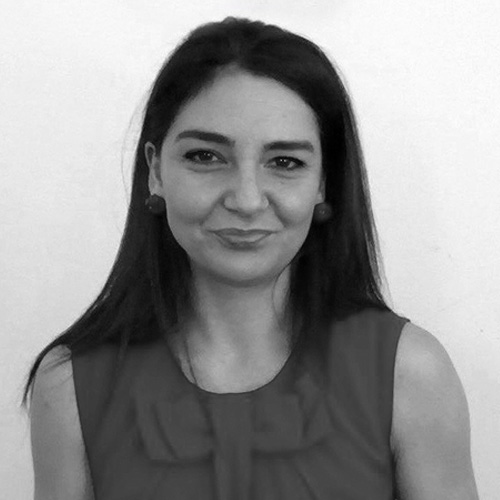
Our Team
Next Learning

Our Team
Next Learning Capability Network
Next Learning offers a wide range of consulting services to the education sector, working to transform learning experiences and stakeholder engagement.
We apply the knowledge and skills gained from years of experience and numerous engagements around the globe to develop blueprints for impactful change specific to your operational needs.
Our client engagement process

Understanding client goals
Understanding is the first phase of the design thinking process with clients. During this phase, our consultant immerse themselves in learning the problem/challenges/needs. They talk with the key stakeholders and conduct research as required. The goal is to develop background knowledge through these experiences. They use their developing understandings as a springboard as they begin to design a response to the challenges.
Observe
Consultants become keen people watchers in the observation phase of our design thinking process. We watch how people behave and interact and observe how technologies are used in physical places and online spaces.
Empathy
We talk to people about what they are doing, ask questions and reflect on what they see. The understanding and observation phases of our design thinking help our consultants develop a sense of empathy for the end users needs.
Point of view
In this phase of design thinking, consultant’s focus is on becoming aware of peoples’ needs and developing insights. The phrase “How might we….” is often used to define a point of view, which is a statement of the:
user + need + insight
This statement ends with a suggestion about how to make changes that will have an impact on peoples’ experiences.


Brainstorming
Ideating is a critical component of problem solving and design thinking. Consultants are encouraged to brainstorm a myriad of ideas and to suspend judgment. No idea is to far-fetched and no ideas are rejected until the client has considered it.
Creative risk-taking
Ideating is all about creativity and fun – a rare element of modern workplace problem solving. In the ideation phase, quantity is encouraged. Consultants may generate a hundred ideas in response.
Distilling the best ideas
Prototyping is a rough and rapid portion of our design process as we distil the best response to client needs. A prototype can be a presentation, sketch, model, or a cardboard box! It is a way to convey an idea quickly. Before even delivering the proposal our consultants have learned that it is better to fail early and often as they create prototypes.

Presenting proposal and testing reaction
As you can see presenting the proposal is part of an iterative process that provides the consultant with feedback. The purpose of testing client reaction to the proposal is to learn what works and what doesn’t, and then iterate. This means going back to our prototype and modifying it based on feedback. Testing the proposal this way ensures that consultant learns what works and what doesn’t work for their clients.
Some of our digital toolkit





























